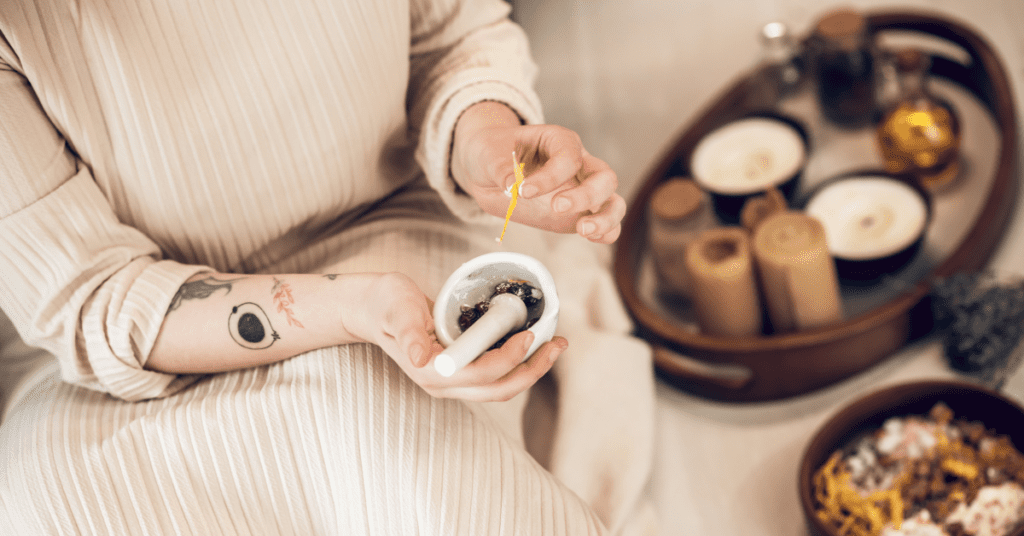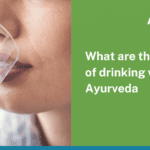Ayurveda offers a comprehensive approach to health and wellness. Central to Ayurvedic philosophy is the concept of balance and harmony within the body, mind, and spirit. Panchakarma, a cornerstone of Ayurvedic therapy, encompasses a series of cleansing and rejuvenating treatments designed to detoxify the body, restore balance to the doshas (bioenergies), and promote overall well-being.

Panchakarma Therapies
Panchakarma therapy is a powerful system of medicine that consists of five specialized techniques that attack the root causes of diseases, cleanse body microcirculatory channels, remove vitiated Doshas, and produce long-lasting beneficial effects. It is effective against most diseases and improves body resistance, checking disease pathogenesis and confirming its preventive effects. Panchakarma therapy is not a classification of specialized techniques but a compressive Samshodana regimen that can be included in other similar procedures. Classical Panchakarma therapy includes Purvakarma (preparatory procedures), Pradhana Karma (primary procedures), and Paschyat Karma (aftercare procedures) like Ahara – Sansarjana Krama.
Some of the most commonly practiced Panchakarma procedures include:
- Vamana (Therapeutic Emesis): Vamana is a cleansing therapy that involves inducing vomiting to eliminate excess Kapha dosha from the body. It is particularly beneficial for conditions such as asthma, allergies, and respiratory disorders characterized by Kapha imbalance.
- Virechana (Purgation Therapy): Virechana involves the administration of purgative substances to induce controlled bowel movements and eliminate excess Pitta dosha and toxins from the gastrointestinal tract. It is beneficial for conditions such as liver disorders, skin diseases, and digestive disorders associated with Pitta aggravation.
- Basti (Enema Therapy): Basti involves the administration of medicated enemas to cleanse and rejuvenate the colon. It is considered the most effective Panchakarma therapy for balancing Vata dosha and is commonly used to treat conditions such as constipation, arthritis, and neurological disorders.
- Nasya (Nasal Therapy): Nasya involves the administration of medicated oils or herbal preparations into the nasal passages to cleanse and lubricate the nasal passages, sinuses, and respiratory tract. It is beneficial for conditions such as sinusitis, headaches, and neurological disorders affecting the head and neck region.
- Raktamokshana (Bloodletting Therapy): Raktamokshana involves the removal of impure blood from the body to alleviate conditions caused by blood toxicity or stagnation. While less commonly practiced today, it may be indicated for specific conditions such as skin disorders, inflammatory conditions, and circulatory disorders.
Benefits of Ayurvedic Panchakarma Therapies
Ayurvedic Panchakarma therapies offer a myriad of benefits for both physical and mental health. Some key advantages include:
- Detoxification: Panchakarma therapies facilitate the removal of accumulated toxins (ama) from the body, which can arise from poor dietary habits, environmental pollutants, and stress. By eliminating toxins, Panchakarma promotes optimal organ function and enhances the body’s natural detoxification mechanisms.
- Restoration of Balance: Ayurveda recognizes the importance of maintaining balance among the three doshas—Vata, Pitta, and Kapha. Panchakarma therapies help harmonize these bioenergies, thereby addressing imbalances that contribute to disease and promoting overall health and vitality.
- Improved Digestion and Metabolism: Panchakarma treatments such as Basti (enema therapy) and Virechana (purgation therapy) aid in the purification of the digestive tract, promoting efficient digestion, assimilation of nutrients, and elimination of waste products. This, in turn, enhances metabolic function and supports overall digestive health.
- Stress Reduction and Relaxation: Many Panchakarma therapies incorporate soothing and rejuvenating techniques such as Abhyanga (oil massage), Shirodhara (oil pouring therapy), and Swedana (sudation therapy). These practices help calm the nervous system, reduce stress, and promote relaxation, leading to improved mental well-being.
- Enhanced Vitality and Longevity: Panchakarma therapies are not only aimed at treating existing health conditions but also at rejuvenating the body and enhancing vitality. By cleansing and rejuvenating the tissues, Panchakarma supports longevity and promotes overall resilience to disease.
Ayurveda Panchakarma therapies offer a holistic approach to health and wellness, addressing the root causes of disease and promoting balance and vitality. From detoxification and rejuvenation to stress reduction and longevity, Panchakarma encompasses a diverse range of therapeutic interventions tailored to individual health needs. Incorporating Panchakarma into one’s wellness routine can support overall well-being and enhance the body’s natural healing abilities, paving the way for a healthier and more vibrant life.
References:
- Charaka. Charaka Samhita. Editor, Prof. Priyavrata Sharma, 7th edition, Chaukhambha Orientalia, Varanasi. 2001;1:150.
- Sushruta. Sushruta Samhita. Editor, Prof. K. R. Srikantha Murthy, 1st ed. Chaukhambha Surabharati Orientalia, Varanasi, 2000;1:28.
- Vagbhata. Asthanga Hridayam. Editor, Prof. K. R. Srikantha Murthy, 5th edition, Krishnadas Academy, Varanasi.2001;1:188.
- Lad, V. (1994). An Introduction to Panchakarma. Ayurveda Today, 7(1).






